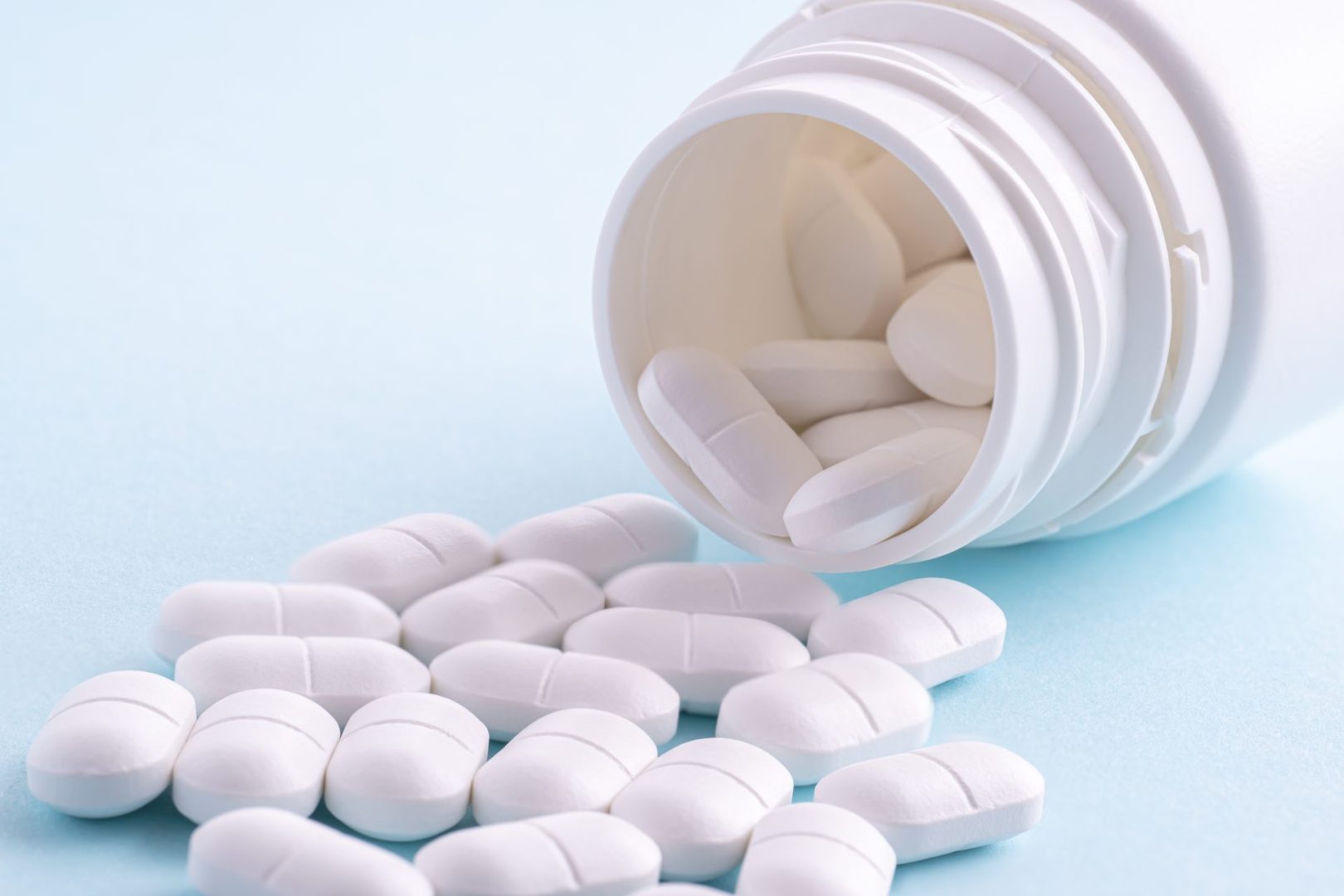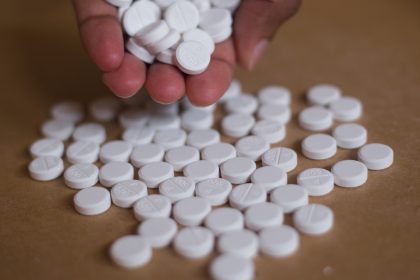The rapid proliferation of tianeptine—commonly known as “gas station heroin”—across convenience stores and gas stations nationwide has triggered an urgent warning from federal health authorities. The substance, which remains unapproved for any medical use in the United States, poses significant health risks including potential addiction, severe withdrawal symptoms, and even death.
What makes tianeptine a growing concern
Tianeptine products have gained alarming popularity, particularly among young Americans seeking easily accessible substances with euphoric effects. Available under brand names like Tianaa, Zaza, Neptune’s Fix, Pegasus, and TD Red, these products typically appear in convenience stores, gas stations, vape shops, and through online retailers.
The substance mimics opioid effects at higher doses despite being marketed as dietary supplements that supposedly improve brain function or treat conditions like depression, anxiety, and pain. This misleading marketing creates a dangerous perception of safety among consumers who mistakenly believe these products undergo the same rigorous testing as approved medications.
The concerning legal landscape
Currently, only 10 states have implemented bans on tianeptine: Alabama, Florida, Georgia, Indiana, Kentucky, Michigan, Mississippi, Ohio, Tennessee and North Carolina.
This patchwork regulation leaves residents in 40 states vulnerable to these potentially harmful products. The gap in federal regulation allows manufacturers to exploit loopholes by marketing tianeptine as dietary supplements despite the substance failing to meet legal definitions for dietary ingredients.
International perspective on tianeptine
While unauthorized in the United States, tianeptine maintains legitimate medical status in several European, Asian, and Latin American countries. In these regions, the substance operates under strict prescription guidelines as an atypical antidepressant, typically administered in three daily 12.5 mg oral doses.
Many countries that permit tianeptine have implemented additional restrictions on prescribing practices or added explicit warning labels regarding addiction potential. This stark contrast highlights the significant discrepancy between regulated medical use abroad and uncontrolled recreational consumption in American gas stations and convenience stores.
Understanding tianeptine’s physiological effects
When consumed, especially at doses exceeding therapeutic recommendations, tianeptine produces effects remarkably similar to opioids. The substance binds to the same receptors targeted by prescription painkillers and heroin, creating both the euphoric high that attracts users and the dangerous respiratory depression that makes overdose potentially fatal.
Recent incidents across New Jersey have documented severe medical emergencies linked to products like Neptune’s Fix. Patients presented with seizures, cardiovascular complications, and even cardiac arrest after consuming tianeptine in both elixir and tablet formulations.
The deceptive marketing fueling misuse
Many tianeptine products feature packaging that deliberately mimics legitimate supplements or over-the-counter medications. This strategic presentation, combined with placement alongside energy drinks and pain relievers in retail environments, creates a false sense of safety and regulation.
Labels frequently include unsubstantiated claims about improving focus, enhancing mood, or relieving anxiety—promises that exploit vulnerable consumers seeking relief from genuine medical conditions. The accessibility of these products at common retailers further normalizes their presence and reduces perceived risk.
Recognizing tianeptine’s dangerous side effects
Medical professionals have documented numerous adverse reactions in tianeptine users that signal its serious health implications. These side effects manifest across multiple body systems and can range from uncomfortable to life-threatening:
Neurological impacts include agitation, confusion, drowsiness, and in severe cases, seizures or coma. Cardiovascular complications like tachycardia and hypertension place users at elevated risk for heart attacks and strokes. Gastrointestinal distress commonly presents as nausea and vomiting, while the substance also triggers systemic reactions including excessive sweating and respiratory depression.
The most severe cases result in oxygen deprivation, organ failure, and death—outcomes particularly common when tianeptine is combined with other substances like alcohol or prescription medications.
The troubling parallels to the opioid crisis
Health authorities have noted disturbing similarities between the current tianeptine situation and the early stages of the opioid epidemic. Both involved substances with legitimate medical applications internationally that became misused recreationally in America through inadequate regulation and oversight.
The addictive properties of tianeptine create dependency through similar neurological mechanisms as traditional opioids. Users develop tolerance rapidly, requiring increasingly larger doses to achieve the same effects, while simultaneously experiencing intensifying withdrawal symptoms between uses.
Understanding withdrawal challenges
The withdrawal process from tianeptine presents another layer of danger. Former users report symptoms virtually indistinguishable from opioid withdrawal:
Intense cravings drive continued use despite awareness of negative consequences. Physical manifestations include sweating, goose flesh, muscle aches, and debilitating pain. Gastrointestinal distress commonly features persistent diarrhea and associated dehydration. Psychological symptoms include anxiety, depression, and intense irritability.
These withdrawal effects create a cycle of dependency that makes cessation extremely difficult without medical supervision, yet many users attempt to manage withdrawal independently due to shame or limited access to addiction treatment resources.
Prevention and intervention strategies
Public health officials emphasize awareness as the primary defense against tianeptine misuse. Healthcare providers are being encouraged to specifically ask patients about supplement use, including products purchased at gas stations or convenience stores, as many users don’t recognize these substances as potentially dangerous drugs.
Parents are advised to maintain open communication with adolescents about the risks associated with unregulated substances marketed as safe alternatives to prescription medications. Communities with high tianeptine availability benefit from targeted education campaigns highlighting the legal status and genuine health risks involved.
Resources for those affected
While the substance itself remains unregulated in most states, treatment options exist for individuals struggling with tianeptine dependency. Medical detoxification programs can manage withdrawal symptoms safely, while behavioral therapy addresses underlying factors contributing to substance misuse.
The situation represents another chapter in America’s complex relationship with substances that fall into regulatory gray areas—highlighting the ongoing need for comprehensive approaches to emerging threats before they develop into full-scale public health crises.

















